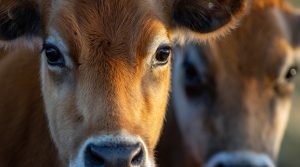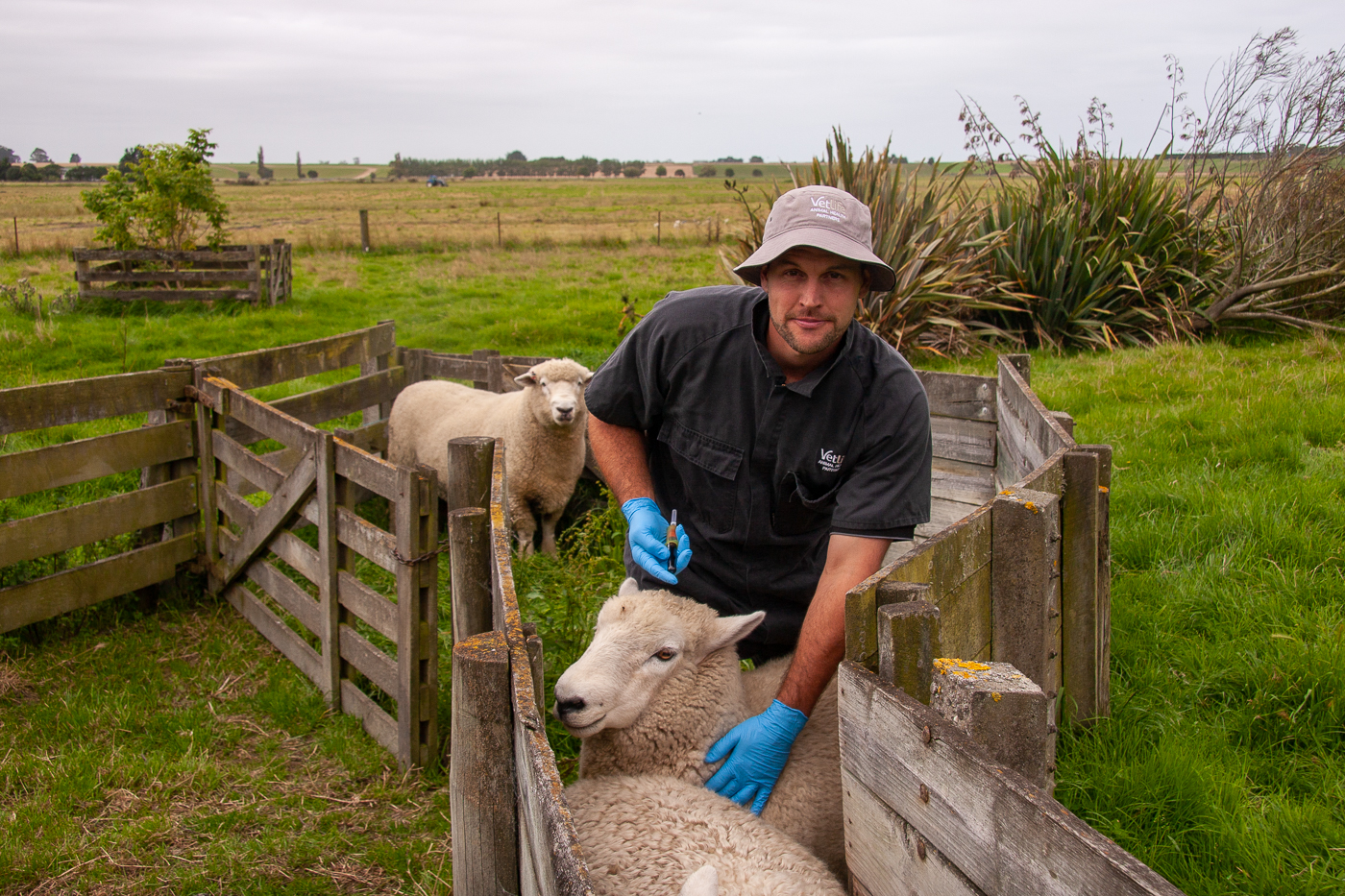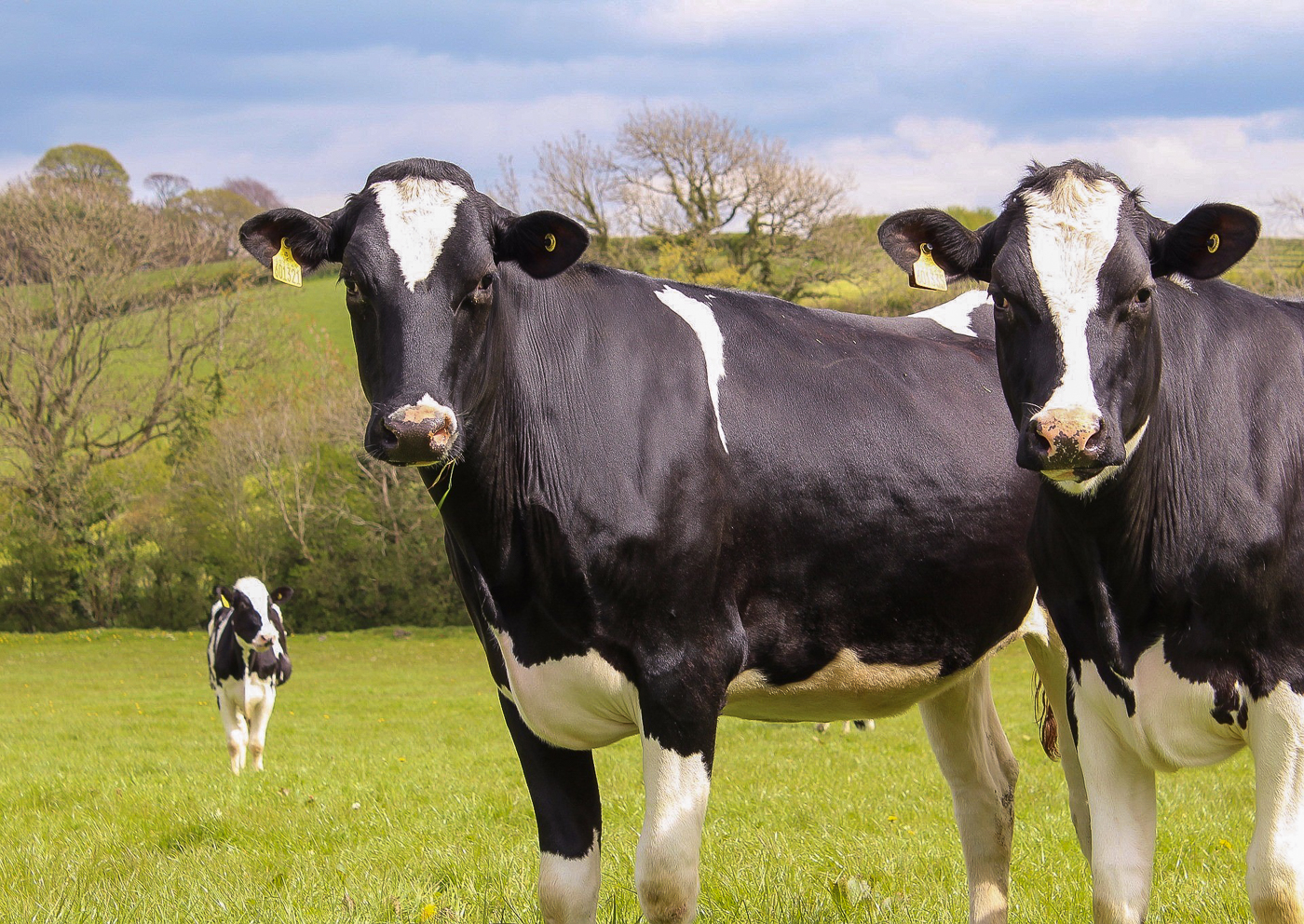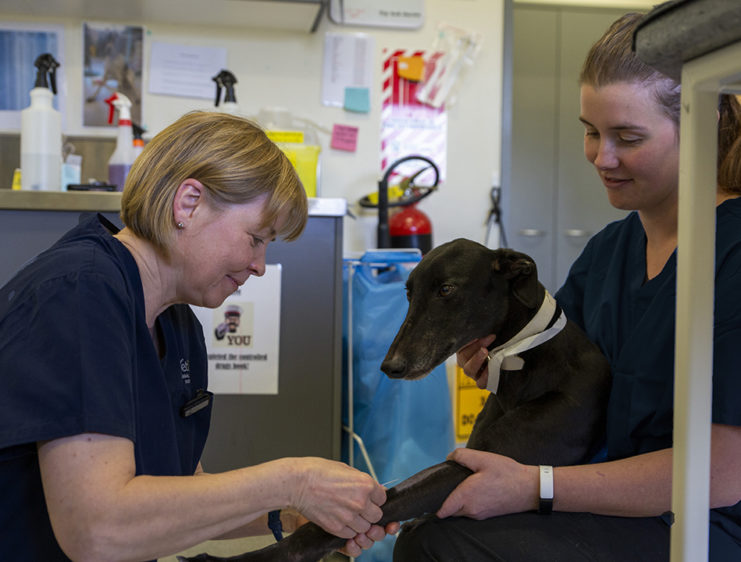
 Explore the latest news, insights, and seasonal advice designed to keep your pets and livestock healthy and thriving.
Explore the latest news, insights, and seasonal advice designed to keep your pets and livestock healthy and thriving.Iodine and Selenium Supplementation in Sheep Flocks

Outside of fine wool production lambing percentage and concurrent lamb survival are key drivers of sheep profitability on many New Zealand sheep and beef farms. The trace element status of ewe’s pre-tup and through pregnancy may have a profound effect on ovulation rate, implantation rate and embryo survival through pregnancy to the overall health of […]
READ MORE

The Perfect Diet for Dairy Farms
A farmer asked me for the perfect diet. I, myself, had been trying for the perfect diet for my last eight years of winter milking in our barn before we sold our dairy farm. What a question, extremely exciting. Is the perfect diet the most milk, the greatest profit, the best in-calf rate, the perfect […]
READ MORE

System Heats after a Positive Pregnancy Diagnosis
While pregnancy testing, we often find cows that are pregnant but not to their most recent insemination. In the past, we have put this down to inaccurate records, incorrect heat detection or the known but rare cases of cows showing heat while pregnant. We now have herds with automated heat detection, in the form of […]
READ MORE

Body Condition Scores at Dry Off

Dry-off allows dairy cows a break to recover from the trials of calving and lactation. When they do not have a sufficient dry period, this may come at a cost to cow condition at calving, which in turn has many significant knock-on effects on productivity for next season and beyond. One of the main negative […]
READ MORE

Cruciate Disease and TTA Surgery

Cruciate ligament disease is a common cause of lameness in dogs. Both knees in the back legs can be affected. After the onset of lameness, arthritis and joint instability cause continuing deterioration in limb function. Thankfully, your vet can resolve the lameness and get your pet back to a happy, active lifestyle. How can surgery […]
READ MORE

Pink Eye in Cattle
Infectious bovine keratoconjunctivitis, more commonly referred to as pink eye, is a very common, highly contagious, and considerably painful bacterial eye disease in cattle. Pink eye is caused most commonly by either Moraxella bovis or Moraxella subspecies branhamella ovis (M. ovis). These bacteria can either cause disease on their own or in combination with other […]
READ MORE

Drench Resistance in Gastrointestinal Parasites (Worms)
It has been said that ‘if you are farming livestock, you are also farming worms’. When selecting genetics in replacement stock, it takes years or decades to see the desired traits come through. The same occurs with worms – historical farm practices have determined the genetics of the worm population that is on your farm […]
READ MORE

Moving away from Blanket Dry Cow Therapy
In 2015 the NZVA issued a statement that by “2030 NZ Inc” would no longer need “antibiotics for the maintenance of animal health”. This had significant implications for the dairy industry where blanket treatment of cows at dry-off with antibiotic Dry Cow Therapy (DCT) was common practice. The alternative and preferred approach is now Selective […]
READ MORE

Maximising Lamb Production
Lambing percentage, and ultimately lamb survival, is the major driver of profitability for sheep enterprises in New Zealand. The two leading causes of lamb losses due to abortion are Toxoplasma and Campylobacter, for combating which there are two exceptionally good vaccines available. The uptake of Toxovax® is particularly good as it is a once-in-a-lifetime vaccination […]
READ MORE

Technology Supporting the Future of Dairy Farming
The number of animal monitoring devices, commonly known as ‘collars’, is doubling every year. Why is this a growing trend and what options are available on the market? Labour shortages, higher payouts and a global demand for boosting dairy sustainability are all drivers behind an increased uptake of technology on farms. Data is being generated […]
READ MORE

Yersiniosis in Deer
Yersiniosis is one of the main causes of death in four to eight-month-old deer, resulting in stock losses of 10 and 30% in unvaccinated herds. Stress is a major factor in making fawns vulnerable to yersiniosis around weaning. Stresses include: Separation from mother Cold, wet and windy weather Poor nutrition or sudden change of feed […]
READ MORE

Protect Your Pet from the Summer Heat

As summer approaches, many of us are making plans to enjoy the warmer weather but rising temperatures can pose serious risks to our pets. Unlike humans, pets – especially dogs and cats – struggle to regulate their body temperature. They cool down primarily through panting and minimal sweating via their paw pads, making them vulnerable […]
READ MORE

Get in touch with your local Vetlife Clinic today to discuss your animal’s health concerns.
With vet clinics across the South Island, we look forward to welcoming you into one of our Vetlife clinics.
FIND A CLINIC